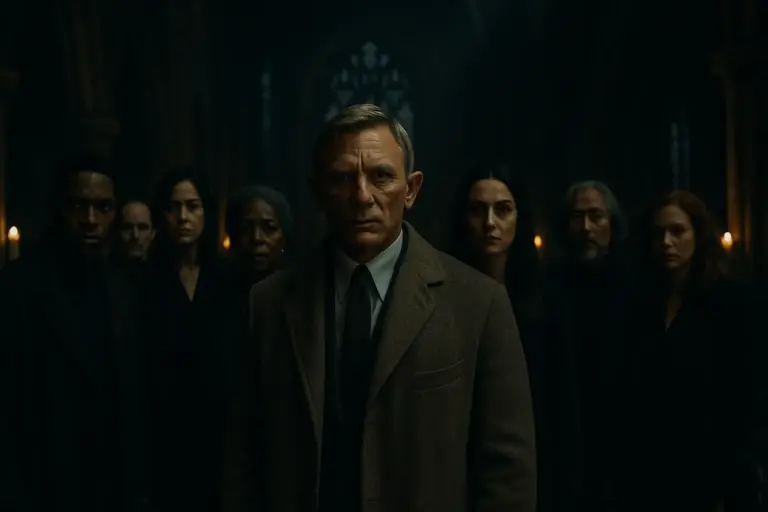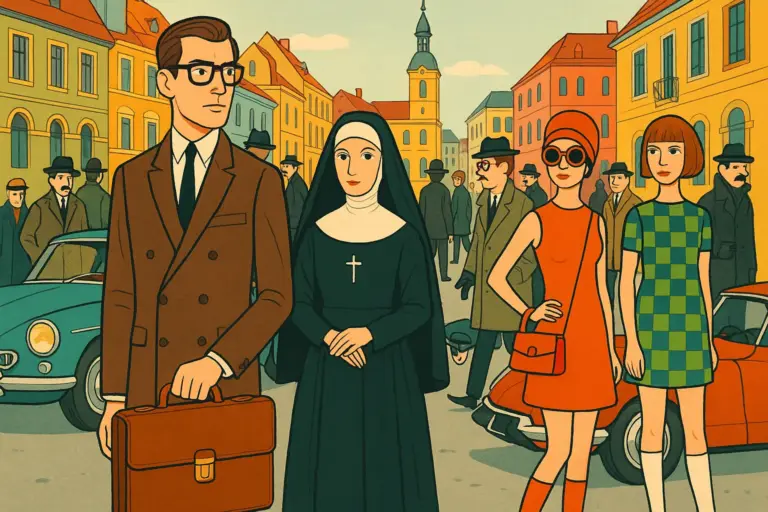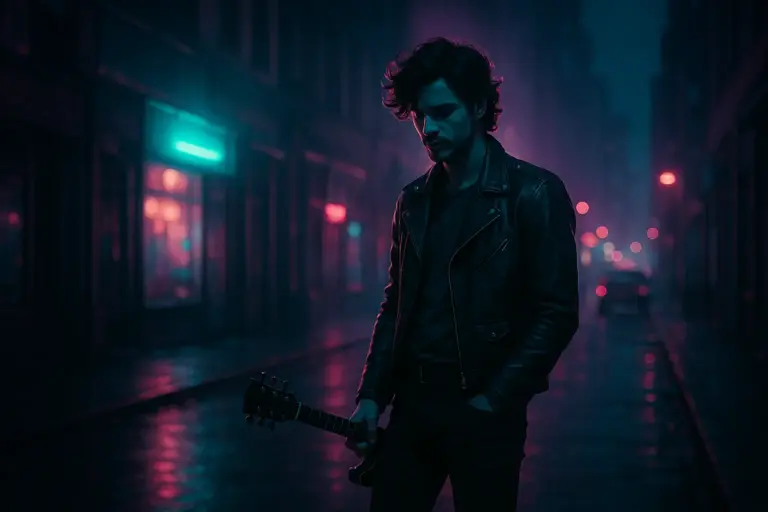Wake Up Dead Man: Everything to Know About Benoit Blanc’s Darkest—and Most Star-Studded—Knives Out Mystery

Benoit Blanc returns for a star-studded, darker Knives Out case. Explore theories, casting, and hidden details before the Netflix premiere.

Benoit Blanc returns for a star-studded, darker Knives Out case. Explore theories, casting, and hidden details before the Netflix premiere.

Explore Wes Anderson’s spy comedy ‘The Phoenician Scheme,’ starring Benicio del Toro and Scarlett Johansson, before its Cannes debut.

Abel Tesfaye’s movie 'Hurry Up Tomorrow' pairs synth-noir looks with Jenna Ortega, Barry Keoghan, and music magic. Could it reinvent music film?